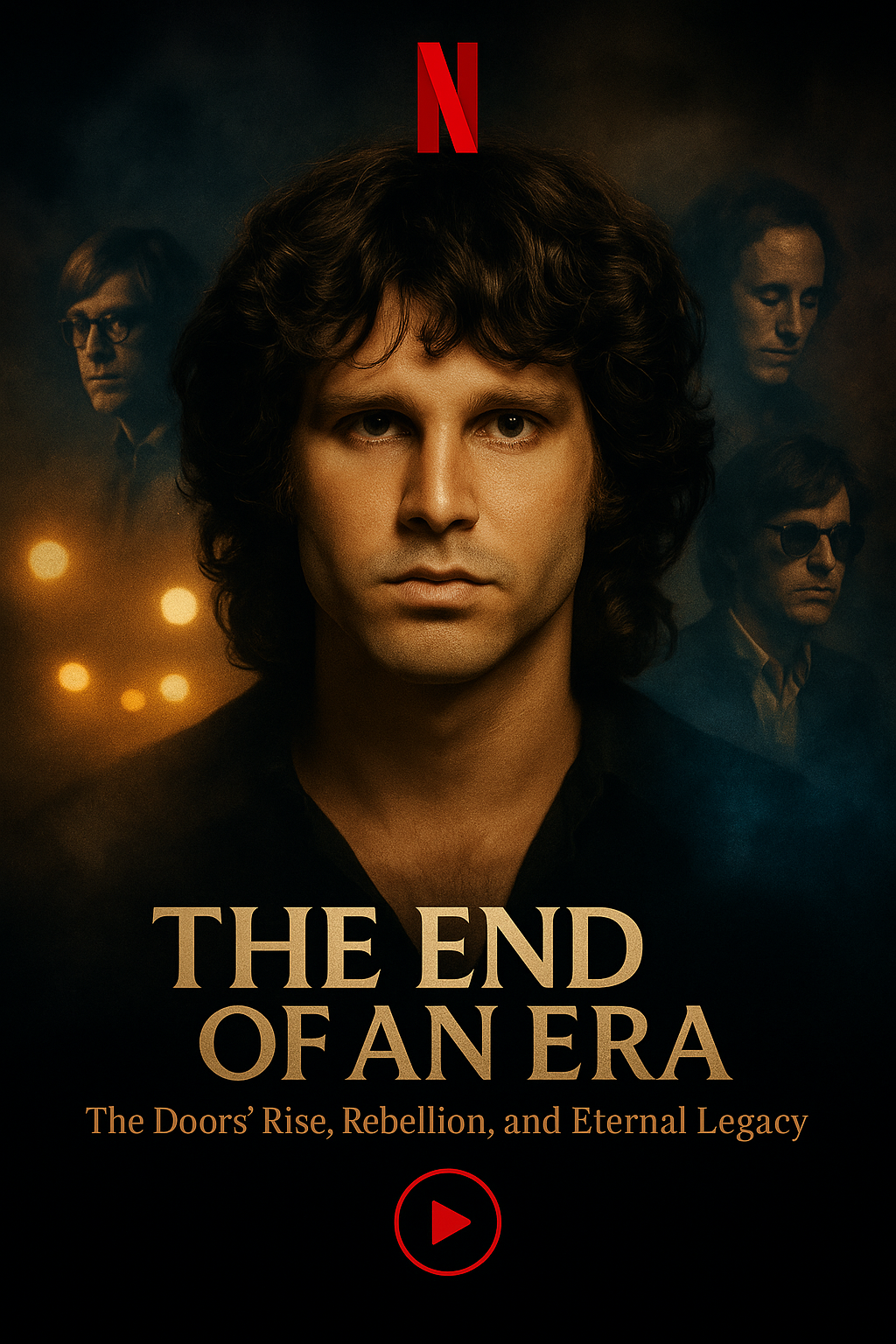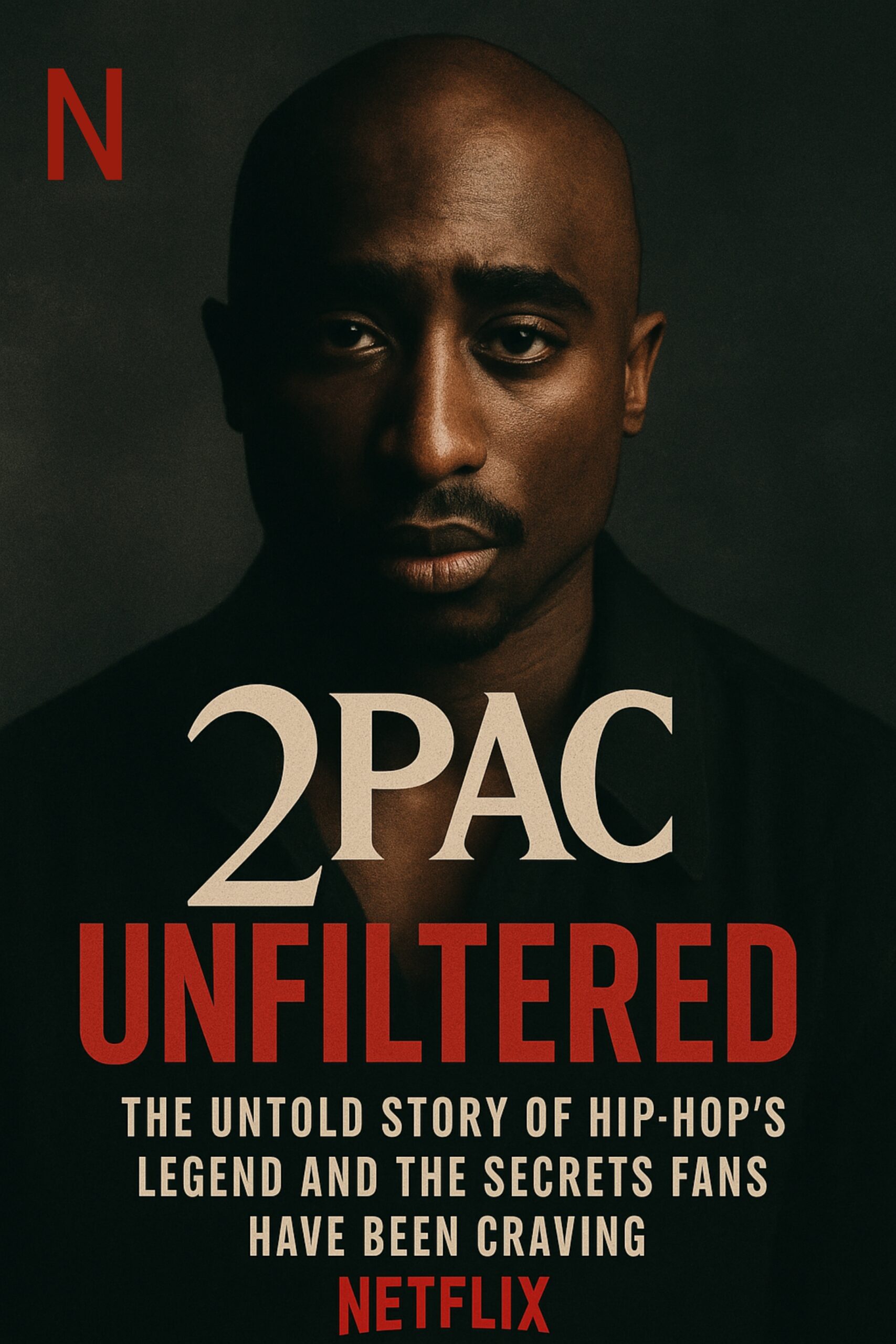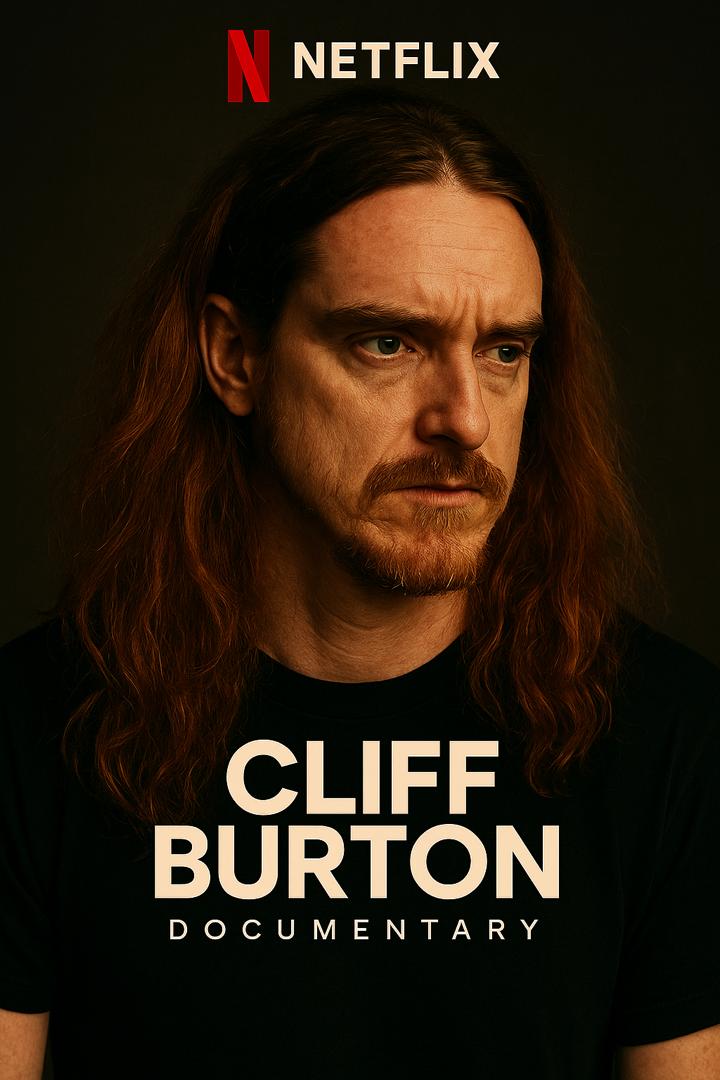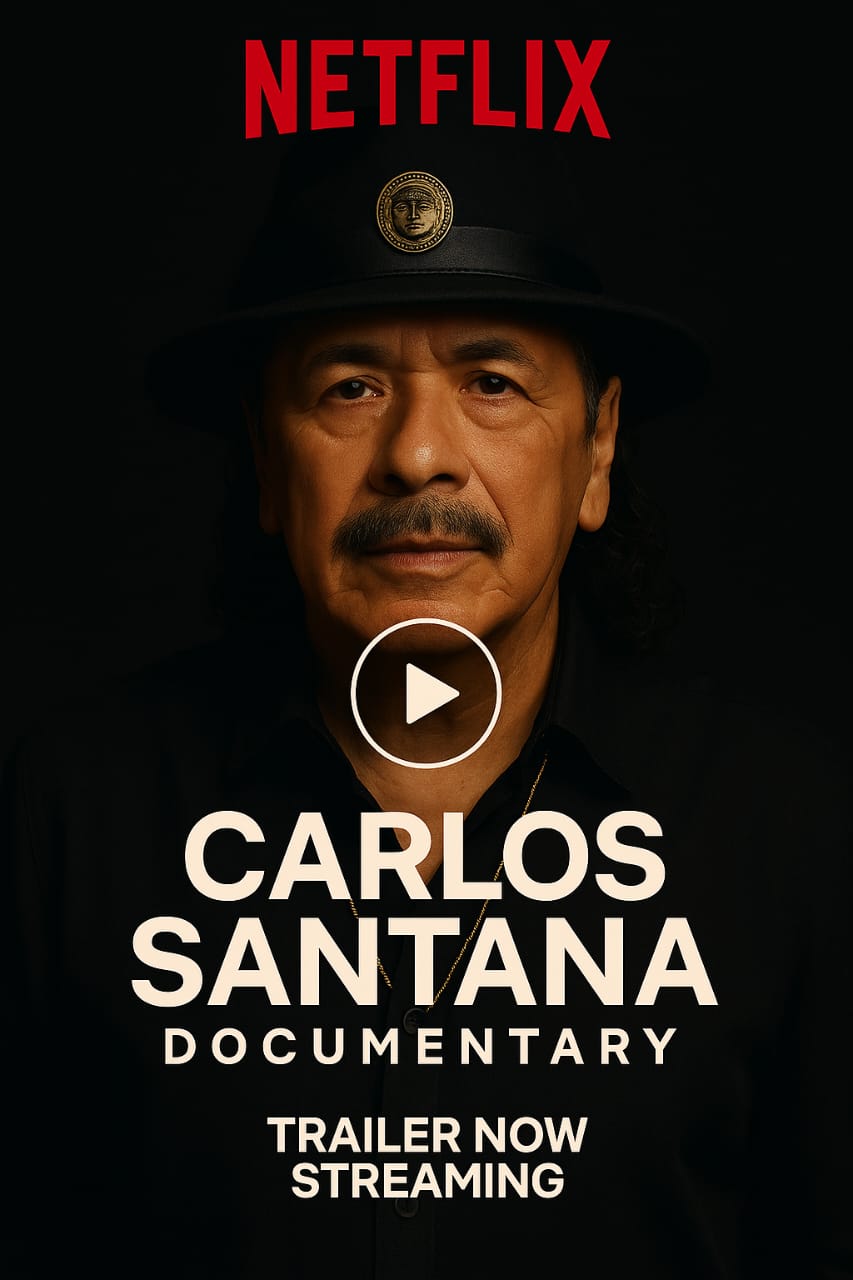The spirit of the 1960s was wild, poetic, and unapologetically raw — and at the center of it all stood The Doors. Netflix’s new documentary, The End of an Era, takes viewers deep into the heart of that cultural storm, unraveling the hypnotic journey of a band that turned rock into rebellion and poetry into prophecy. With never-before-seen footage, emotional interviews, and digitally restored performances, the film captures the chaotic brilliance that made The Doors both revolutionary and immortal.
From smoky Los Angeles clubs to sold-out arenas, The Doors transformed the boundaries of sound and storytelling. Netflix’s documentary traces their early days at the Sunset Strip’s iconic Whisky a Go Go, where Jim Morrison’s haunting voice met Ray Manzarek’s mystical keyboards, Robby Krieger’s fiery guitar, and John Densmore’s thunderous rhythms. Together, they created an alchemy that no one had ever heard before — a fusion of rock, blues, jazz, and poetry that seemed to tap into the collective unconscious of a restless generation.
The film dives into Morrison’s enigmatic persona — the “Lizard King” who danced on the edge of madness and genius. Netflix paints a vivid portrait of a man torn between fame and freedom, haunted by his own words yet driven to express truths no one else dared to speak. Through candid archival interviews, rare home recordings, and recollections from those who knew him best, Morrison emerges not as a myth, but as a deeply human artist confronting the limits of creation and self-destruction.
Behind the chaos, the documentary honors the musical brotherhood that made The Doors thrive. Viewers witness the bond between the four members — their shared hunger to innovate, their fearless experimentation, and their collective ability to turn the ordinary into the transcendental.
The chemistry between Morrison and Manzarek, in particular, becomes one of the film’s most powerful emotional threads — a friendship built on mutual inspiration and unspoken understanding that carried the band to dizzying heights.
One of the most captivating aspects of The End of an Era is its restoration of live performances from the band’s most iconic moments — from the electrifying energy of “Light My Fire” on The Ed Sullivan Show to the hypnotic darkness of “The End” in concert. Each scene is infused with the raw, unpredictable intensity that made The Doors a force of nature. Netflix’s state-of-the-art remastering brings these historic performances to life with breathtaking clarity, allowing both longtime fans and new audiences to experience their magic like never before.
As the documentary unfolds, it also explores the social and political climate that fueled The Doors’ rise. The Vietnam War, civil rights movements, and a generation questioning authority all served as the backdrop to their music. Netflix’s filmmakers skillfully interweave historical footage with the band’s lyrics, showing how songs like “Five to One” and “Unknown Soldier” became anthems of defiance and awakening — a mirror reflecting the turbulence of the times.
Yet, amidst the noise and the revolution, the film also finds poetry in silence. It pauses to reflect on Morrison’s fascination with death, spirituality, and the infinite — recurring themes in his writings that continue to resonate today. His words, projected in his haunting voice over desert landscapes and candlelit rooms, remind us that The Doors were never just about music; they were about vision, transcendence, and the search for meaning in a chaotic world.
The End of an Era doesn’t shy away from tragedy either. It faces Morrison’s untimely death in Paris with both heartbreak and reverence, capturing the sense of loss that rippled through the band and its fans. But rather than end on sorrow, Netflix frames his passing as a transformation — the moment when man became myth, and music became legend. Through artfully edited sequences, the documentary suggests that Morrison never truly left; his voice continues to echo, eternal, through the speakers of every generation.
The surviving members’ reflections offer a grounded counterbalance to the mystique. Their candid recollections — of triumphs, arguments, laughter, and regrets — anchor the story in honesty. Krieger’s gentle humility, Manzarek’s wisdom, and Densmore’s emotional introspection illuminate how time has healed old wounds and deepened their appreciation for what they created together. It’s a portrait of legacy through the lens of survival, reminding us that art endures even when the artist does not.
Netflix’s cinematic style elevates The End of an Era beyond a typical rock documentary. Its use of color grading, ambient sound design, and poetic narration transforms the story into something larger — almost spiritual. Viewers aren’t just watching a band’s history; they’re being drawn into a sensory experience that feels like stepping into The Doors’ world — surreal, dangerous, and beautiful all at once.
For longtime fans, this documentary will feel like a homecoming; for newcomers, it’s an awakening. The End of an Era bridges generations, proving that The Doors’ music still speaks to anyone searching for freedom, identity, and truth in a world that tries to tame them. It’s a celebration of rebellion, artistry, and the human soul’s eternal desire to break through to the other side.
As the credits roll, Jim Morrison’s voice lingers — “This is the end, beautiful friend.” But for those who have just witnessed his story on Netflix, it’s anything but the end. It’s a rebirth — a reminder that The Doors didn’t close; they opened something eternal.



